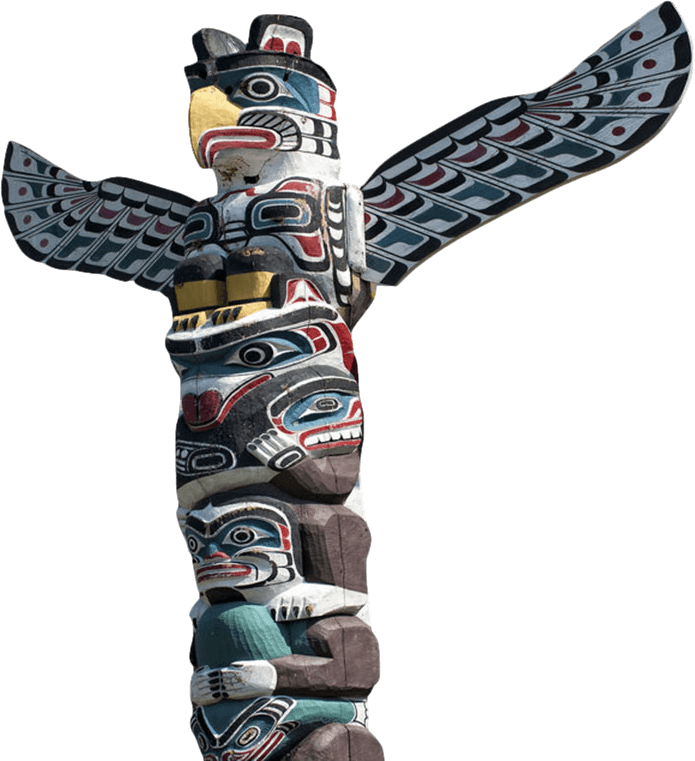NIȽ YEḴ OLs Sexual Abuse Intervention Program
Referral sources:
- This is an open referral service; anyone can refer to this program.
Days and Hours of Service:
- Monday to Friday 9 a.m. to 5 p.m.
Program Goals
- The client/family will experience less conflict in their day-to-day life due to mental health / behavioural issues.
- The client will have an increased positive self-image.
- The client will have a greater understanding of cultural and community resources that are available.
Philosophy
The philosophy of this program is to support healing from sexualized abuse and/or sexualized behaviors that children, youth, and families have experienced due to the intergenerational trauma from residential schools and colonization.
Program acceptance criteria
- Child or youth must be between the ages of 0 to 19
- Child or youth has experienced sexualized trauma (confirmed or suspected)
- Child or youth is presenting with sexualized behaviours
- Child or youth has been accused of sexual abuse
Needs Addressed
- Psychoeducational needs
- Displaying sexualized behavior
- Individual sexualized abuse counselling
- Trauma
- Family counselling
- Parental support
- Cultural connection
- Community resources
Program Description
This community-based program provides counselling and support services to Aboriginal children and youth ages 0-19 and their families, who have experienced sexualized abuse and/or sexualized behaviour. This program is a community-based program, specializing in assessment and developing and implementing individual treatment plans for children and youth and their families. As well, the program provides opportunities to develop an understanding of healthy sexuality and supports families in understanding the impact of sexualized abuse/sexualized behaviour on the child. The program also encourages and supports healthy parent and child attachment.
Service Modalities and Broad Strategies
We practice from a person/family-centered approach using an integrative style of therapy. We utilize a variety of theories and interventions. We also incorporate traditional and cultural therapeutic interventions. Some
- Art Therapy
- Play Therapy / Sand Therapy
- Cultural Interventions (Swing Therapy, Smudging, 7 Teachings, Medicine Wheel, Storytelling and Drumming)
- CBT (Cognitive Behavioral Therapy)
- EMDR Therapy (Eye Movement Desensitization & Reprocessing)
- Solution Oriented Therapy
- Safety Skills
- Relaxation and Self-Care
- Nature Walks
Phase One-Safety, Stabilization & Coping
Once the intake and assessment phase of therapy is complete, the Therapist will work with the client to develop skills and positive coping strategies (such as relaxation and calm breathing) to help manage any difficult emotions or body feelings. The Therapist will also work with the client to connect their personal resources as well as to strengthen positive connections and healthy relationships so the client can feel well-supported during the therapy process. Safety is the most important piece during the therapy process; therefore, the client will stay in this stage until they are ready to move on.
Phase Two-Memory Work & Trauma Processing
Talking about the trauma that you have experienced is often the most difficult part of therapy, but it can also be a very rewarding and healing part of the work that you do with us. When you are ready, your therapist will help you to tell your story in whichever way works best for you. While this can be difficult, it is an important step as it helps you to understand your history as something that has happened in the past and emphasizes keeping safe in the present. This step will give you a sense of control over your memories so that they no longer affect your life in harmful ways. Your therapist will check in with you often during this stage and let your parents/caregiver know that you are working hard in therapy and you will need to be cared for in an extra special way during this time.
Phase Three-Healing & Reconnecting
Once you have learned positive coping skills, connected to your strengths and resources and healed from past negative experiences, you and your therapist will work together to find new meaning in your experiences and to nurture your self-awareness. Strengthening positive social relationships and reassessing personal goals will also be important parts of this phase.
Throughout each of these three phases, your therapist may ask you if it would be helpful to have a parent/caregiver involved in our work together. Therapists spend time educating parents/caregivers about how the trauma may be affecting you and we may also ask them to join in the therapy sessions so that they can learn new skills. Sharing your story with a parent or loved one may also be a helpful part of your healing process.







Follow Us!